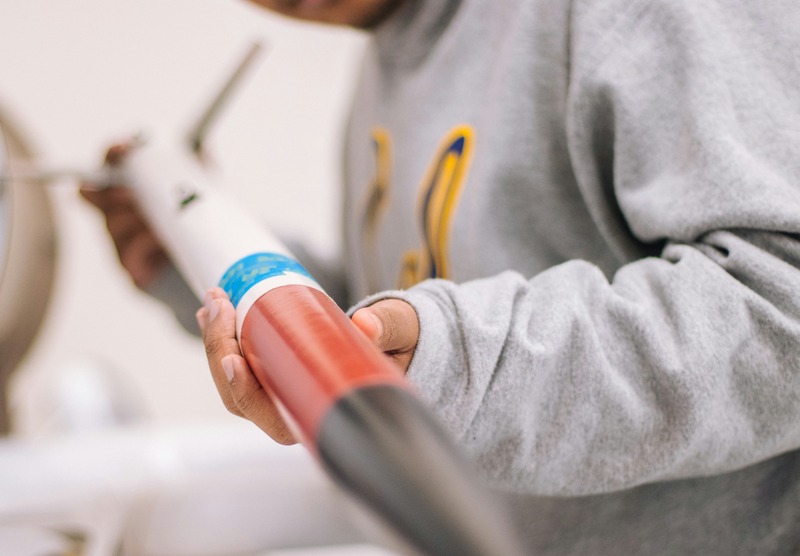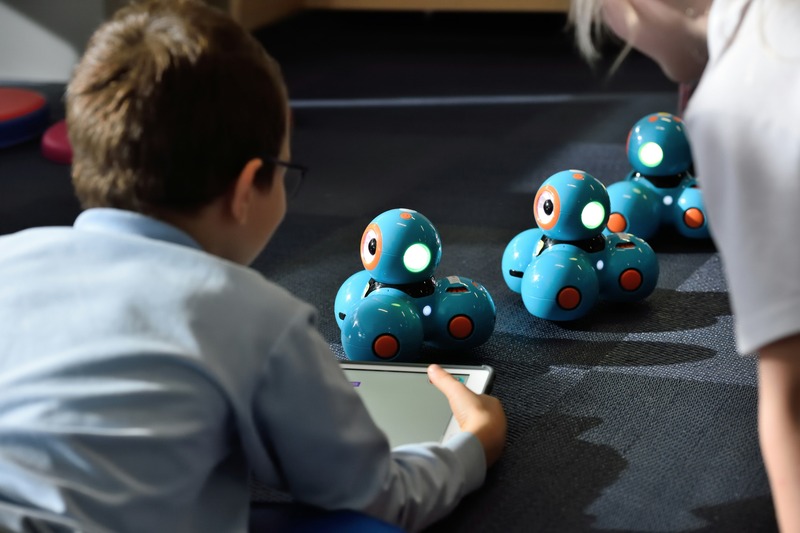Today’s choices shape students' futures, thus, selecting the right school is critical regardless of the student’s academic level. This fact intertwines expeditiously with the current state of education worldwide. Education is evolving, and schools are adopting innovative approaches to keep up with the demands and innovation of life. One approach on the rise in Indonesia is STEAM (Science, Technology, Engineering, Arts, and Mathematics).
The Rise of STEAM in Education
What is STEAM?
You may have heard of STEAM, but what does it truly entail?
At its core, STEAM education prepares students for the future by reinforcing five critical components: Creativity, Critical Thinking, Communication, Collaboration, and Character. These skills empower students to become problem solvers and innovators—qualities every parent desires for their children.
In other words, STEAM education is an essential component of modern education. Students are equipped with the necessary skills and knowledge to thrive in a complex, interconnected world. It focuses on educating students to be lifelong learners, ensuring they are well-prepared for higher education and life beyond institution walls.
Why is STEAM vital and leaned on today?
Many schools and educational organisations are recognising the value of STEAM and are investing in programs and resources to enhance STEAM education. This growing support is helping to increase its prevalence in curricula.
Several reasons go hand-in-hand with STEAM’s importance. Firstly, education in the last decade has seen rapid changes teachers, students, and even parents have to be on guard i.e. the pandemic that struck online learning. STEAM assists students develop adaptability to new technologies and methods, a vital skill in an increasingly tech-centric world. The rapid pace of technological change necessitates a workforce that is adept at using and understanding new tools and techniques.
STEAM also makes up interdisciplinary learning. By integrating science, technology, engineering, arts, and mathematics, STEAM encourages students to make connections across subjects, leading to a more holistic understanding of concepts and their applications in real life. Transformation and creativity coincide as well, as STEAM promotes an innovative mindset. It encourages students to think outside the box, experiment, learn to solve problems, and develop new ideas, which is essential for driving progress and addressing global challenges.
More so, engagement and motivation coexist with STEAM: Hands-on projects and real-world applications make learning more engaging. Being able to see the relevance of their studies subconsciously motivates students’ participation and eagerness to excel.
STEAM fosters critical 21st-century skills such as creativity, critical thinking, problem-solving, collaboration, and communication. In the long run, STEAM education aligns with the needs of the job market, preparing students for careers in high-demand fields. Industries are evolving in the blink of an eye. A growing demand for skills in science, technology, engineering, arts, and mathematics is believed to be part of the many fastest-growing careers. Students exposed to these subjects early on are sought to become well-prepared for opportunities.
STEAM in Indonesian schools

Some schools in Indonesia integrate STEAM either as their sole educational approach or as a dash to their curricula. Regardless of their outlook on STEAM, educators from elementary to high school can create a dynamic learning environment that not only teaches foundational concepts but also prepares students for the complexities of the modern world.
Let’s break down the various methods and strategies designed to fuse science, technology, engineering, arts, and mathematics into cohesive learning experiences.
Project-based learning (PBL): Students engage in hands-on projects that require them to apply concepts from multiple disciplines. For example, they might design and build a bridge, incorporating engineering principles, math calculations, and artistic design.
Inquiry-based learning: This approach encourages students to ask questions and conduct research to find answers. They explore real-world problems, stimulating curiosity and critical thinking.
Interdisciplinary units: Teachers develop curriculum units that blend subjects. For instance, a unit on environmental science might include math for data analysis, technology for researching information, and art for creating awareness campaigns.
Collaborative learning: Students often work in teams to solve problems that drive communication and collaboration skills. Group projects can span various STEAM areas too, which invigorates diverse perspectives to research, collaborate, and apply their knowledge creatively.
Use of technology: Incorporating tools such as coding software, robotics, and digital design programs enhances learning and allows students to explore technological applications in real-world scenarios.
Field experiences: Visits to science centres, museums, or industry sites provide students with practical insights into how STEAM principles are applied outside the classroom.
Creative arts integration: Arts are woven into the curriculum to encourage creativity and innovation. This can involve using design thinking in problem-solving or incorporating visual arts into scientific presentations.
Community projects: Students can engage with local communities through service-learning projects that address real-world issues, applying their STEAM knowledge for social good.
A STEAM-focused curriculum merges knowledge across various disciplines through hands-on, minds-on learning. Therefore, students open their senses to comprehend the connections in their everyday lives. This comprehensive approach cultivates mature, confident global citizens who are passionate and purposeful backed by a rich education that prepares them for their future endeavours.




 Mirella Pandjaitan
Mirella Pandjaitan
 Oct 22, 2024
Oct 22, 2024






